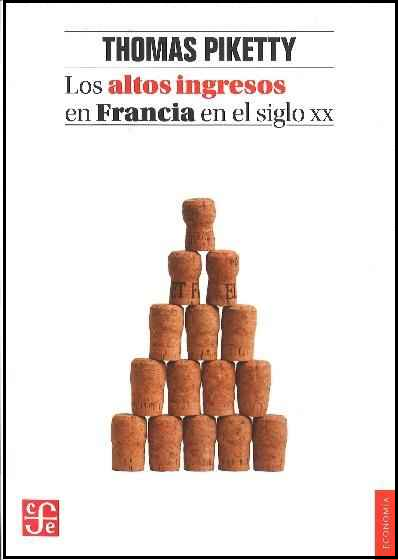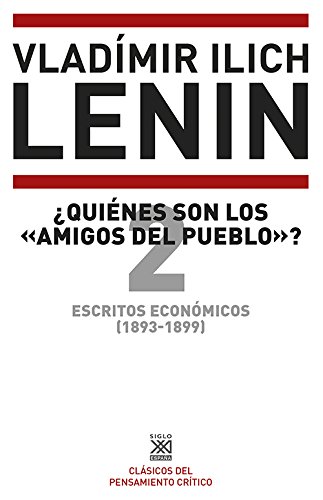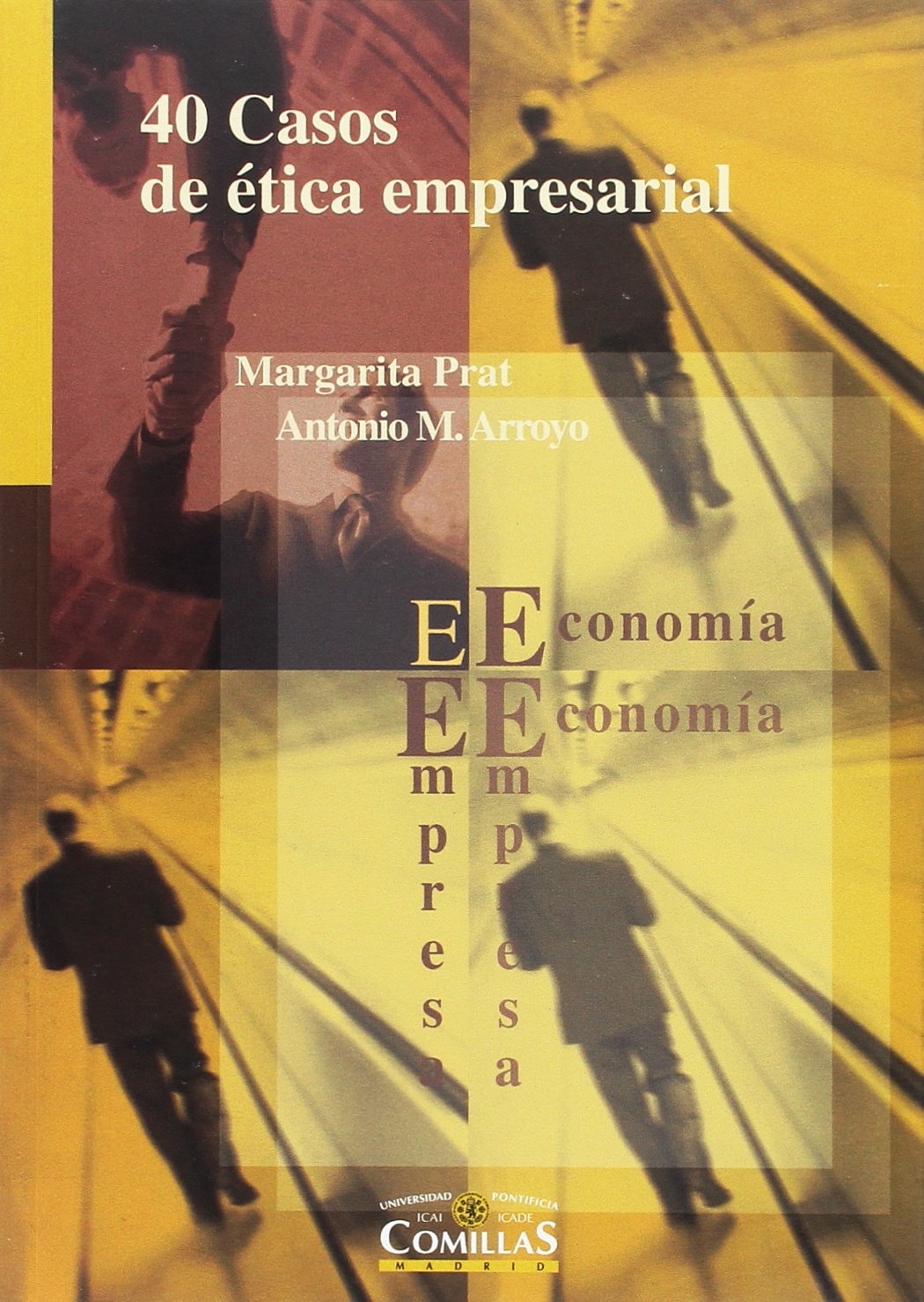Socialismo cálculo económico función empresarial
En el presente libro, un clásico en su quinta edición, se elabora un análisis crítico del socialismo siguiendo las líneas de la metodología subjetivista de la Escuela Austriaca de Economía y su teoría de los procesos de interacción social. Fruto de ese enfoque, se propone una nueva concepción del socialismo que recoge su más íntima esencia: el basarse en el ejercicio sistemático de la coacción institucional sobre los individuos. Aislar de esta manera la esencia coactiva del socialismo no sólo pone de manifiesto que es teóricamente imposible por basarse en un error intelectual y ética mente inadmisible por ir contra la naturaleza del ser humano, sino que además permite dar un tratamiento teórico unitario, mucho más fructífero y explicativo, de los inexorables efectos que producen los distintos tipos de socialismo que se dan o se han dado en la historia (real, socialdemócrata, tecnocrático, conservador, cristiano-solidario, sindicalista, etc.), proyectando así nueva luz sobre el fracaso histórico del socialismo que hoy ya se ha hecho evidente. Igualmente se procede a revisar y a reevaluar de forma
Preface.
Contributors.
1. Overview (Chein-I Chang).
I TUTORALS.
2. Hyperspectral Imaging Systems (John P. Kerekes and John R. Schott).
3. Information-Processed Matched Filters for Hyperspectral Target Detection and Classification (Chein-I Chang).
II THEORY.
4. An Optical Real-Time Adaptive Spectral Identification System (ORASIS) (Jeffery H. Bowles and David B. Gillis).
5. Stochastic Mixture Modeling (Michael T. Eismann1 and David W. J. Stein).
6. Unmixing Hyperspectral Data: Independent and Dependent Component Analysis (Jose M.P. Nascimento1 and Jose M.B. Dias).
7. Maximum Volume Transform For Endmember Spectra Determination (Michael E. Winter).
8. Hyperspectral Data Representation (Xiuping Jia and John A. Richards).
9. Optimal Band Selection and Utility Evaluation for Spectral Systems (Sylvia S. Shen).
10. Feature Reduction for Classification Purpose (Sebastiano B. Serpico, Gabriele Moser, and Andrea F. Cattoni).
11. Semi-supervised Support Vector Machines for Classification of Hyperspectral Remote Sensing Images (Lorenzo Bruzzone, Mingmin Chi, and Mattia Marconcini).
III APPLICATIONS.
12. Decision Fusion for Hyperspectral Classification (Mathieu Fauvel, Jocelyn Chanussot, and Jon Atli Benediktsson)
13. Morphological Hyperspectral Image Classification: A Parallel Processing Perspective (Antonio J. Plaza).
14. Three-Dimensional Wavelet-Based Compression of Hyperspectral Imagery (James E. Fowler and Justin T. Rucker).
Index.
Chein-I Chang, PHD, is Professor in the Department of Computer Sciences and Electrical Engineering at the University of Maryland, Baltimore County, where he directs the Remote Sensing Signal and Image Processing Laboratory. Dr. Chang is a Fellow of SPIE, the International Society for Optical Engineering, for his achievements in hyperspectral image processing. He is Associate Editor of the IEEE Transactions on Geoscience and Remote Sensing and the author of Hyperspectral Imaging: Techniques for Spectral Detection and Classification.









